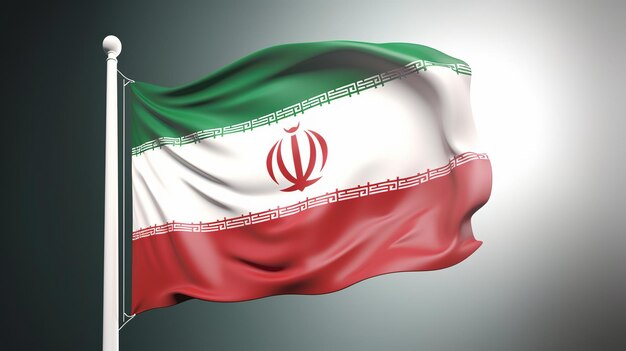Oil & Gas
5.4 MILLION BARRELS OF IRANIAN OIL LEAVE CHINA.
Irene Jerry

Iran's oil industry is facing new challenges as it grapples with the impending pressure of US sanctions and mounting debt owed to China. These developments are setting the stage for potential impacts on global oil prices, as markets closely monitor the situation.
Recent ship-tracking data from the Washington-based Specialized Energy Platform reveals that Iran has started moving crude oil it had been storing in Chinese customs warehouses, a sign of shifting dynamics in its oil dealings.
This move follows actions taken during the Trump administration, which succeeded in significantly reducing Iran’s oil exports, dropping them from over 2 million barrels per day in 2018 to around 400,000 barrels per day by 2019 and 2020. The Biden administration saw a recovery, with exports rising to about 1.6 million barrels per day, with most of the additional oil directed to China.
This shift is now under scrutiny, as the current US administration, under President Trump, aims to further restrict Iranian oil exports as part of its broader strategy to counter Tehran's influence.
The crude oil being evacuated from Chinese warehouses is reported to have arrived in 2018-2019 but was not officially declared or imported by China. It had been stored in isolated facilities, accruing substantial storage fees that Iran is now facing.
According to tracking data, around 5.4 million barrels of this oil have been shipped out, mainly aboard four tankers, none of which are on the US blacklists. One of these tankers returned the oil to another Chinese port, while the rest seem to be heading to other destinations.
As tensions rise, Iranian officials, including Deputy Foreign Minister for International and Legal Affairs Kazem Gharibabadi, have expressed a willingness to negotiate the lifting of sanctions. However, this is contingent on the readiness of other parties, particularly the US, to engage in talks.
The possibility of new sanctions hitting key figures in Iran’s oil industry looms large, with predictions that these could come as early as February 2025. These sanctions could further strain Iran’s economy, which is already struggling with significant financial difficulties, including electricity shortages and a plummeting currency. The financial pressure could be amplified if oil exports, which contribute a major portion of Iran’s GDP, are further reduced.
